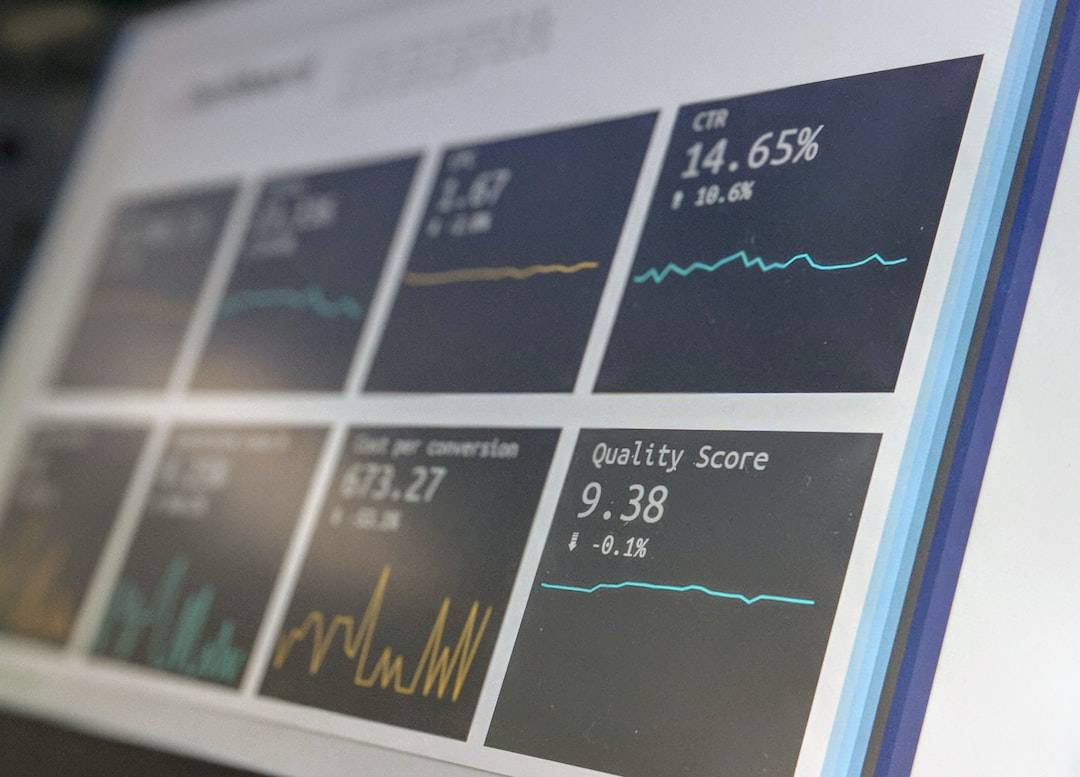Naive Bayes is a widely-used algorithm in machine learning and artificial intelligence, particularly for classification tasks. It is based on Bayes’ theorem and employs a “naive” assumption of feature independence, which simplifies calculations and enhances computational efficiency. This algorithm is commonly applied in text classification, spam filtering, sentiment analysis, and recommendation systems due to its simplicity, speed, and effectiveness with large datasets.
As a probabilistic classifier, Naive Bayes calculates the likelihood of an input belonging to a specific class. It is an essential tool for developing AI systems capable of making data-driven predictions and decisions. The algorithm’s foundation lies in Bayes’ theorem, a fundamental concept in probability theory that determines the probability of a hypothesis given certain evidence.
The “naive” aspect of Naive Bayes refers to the assumption that all features are mutually independent, given the class label. Although this assumption may not always hold true in real-world scenarios, it significantly simplifies probability calculations and improves computational efficiency. Despite its simplicity, Naive Bayes has demonstrated effectiveness in numerous practical applications, making it a popular choice for various machine learning and AI tasks.
Key Takeaways
- Naive Bayes is a simple yet powerful algorithm used for classification and prediction in machine learning.
- The algorithm is based on Bayes’ theorem and assumes that the features are independent of each other, hence the term “naive”.
- Naive Bayes is widely used in spam filtering, sentiment analysis, and recommendation systems in AI applications.
- In text classification, Naive Bayes is used to categorize documents into different classes based on the presence of certain words or features.
- The advantages of Naive Bayes include its simplicity, efficiency with large datasets, and ability to handle irrelevant features, while its limitations include the assumption of feature independence and sensitivity to skewed data. Implementing Naive Bayes in AI systems involves training the model with labeled data and using it to make predictions on new data.
The Basics of Naive Bayes Algorithm
The Naive Bayes algorithm is based on Bayes’ theorem, which calculates the probability of a hypothesis given the evidence. In the context of classification, the algorithm calculates the probability of a given input belonging to a certain class. The algorithm assumes that all features are independent of each other, given the class label.
This simplifies the calculation of probabilities and makes the algorithm computationally efficient. The algorithm calculates the probability of each class for a given input and assigns the input to the class with the highest probability. The Naive Bayes algorithm is simple yet powerful, making it a popular choice for Text Classification, spam filtering, and other tasks in AI and machine learning.
It is known for its simplicity, speed, and effectiveness in handling large datasets. The algorithm works well with high-dimensional data and is robust to irrelevant features. It is also easy to implement and requires minimal training data.
Despite its “naive” assumption of feature independence, Naive Bayes has been proven to be effective in many real-world applications.
Understanding the Naive Assumption in Naive Bayes

The “naive” assumption in Naive Bayes refers to the assumption that all features are independent of each other, given the class label. This means that the presence of a particular feature in a class is independent of the presence of any other feature. While this assumption may not hold true in many real-world scenarios, it simplifies the calculation of probabilities and makes the algorithm computationally efficient.
Despite its simplicity, Naive Bayes has been proven to be effective in many real-world applications. The “naive” assumption allows the algorithm to calculate the probability of each class for a given input by multiplying the individual probabilities of each feature given the class label. This simplifies the calculation and makes the algorithm efficient and easy to implement.
While the assumption of feature independence may not always hold true, Naive Bayes has been shown to perform well in practice, especially in text classification and other tasks where it is used.
Applications of Naive Bayes in AI
| Application | Description |
|---|---|
| Spam Detection | Naive Bayes is commonly used in email spam detection to classify emails as spam or non-spam based on the presence of certain keywords. |
| Text Classification | It is widely used in text classification tasks such as sentiment analysis, topic classification, and language detection. |
| Medical Diagnosis | Naive Bayes can be applied in medical diagnosis to predict the likelihood of a patient having a particular disease based on symptoms and test results. |
| Recommendation Systems | It is used in recommendation systems to predict user preferences and provide personalized recommendations for products or content. |
| Fraud Detection | Naive Bayes can be used in fraud detection to identify suspicious patterns or behaviors in financial transactions. |
Naive Bayes has a wide range of applications in artificial intelligence and machine learning. One of its most common applications is in text classification, where it is used to categorize documents into different classes based on their content. It is also widely used in spam filtering, sentiment analysis, recommendation systems, and medical diagnosis.
Naive Bayes is known for its simplicity, speed, and effectiveness in handling large datasets, making it a popular choice for many real-world applications. In text classification, Naive Bayes is used to categorize documents into different classes based on their content. It calculates the probability of each class for a given document and assigns the document to the class with the highest probability.
In spam filtering, Naive Bayes is used to classify emails as either spam or non-spam based on their content. It calculates the probability of an email being spam or non-spam and assigns it to the appropriate class. In sentiment analysis, Naive Bayes is used to classify text as positive, negative, or neutral based on its sentiment.
It is also used in recommendation systems to predict user preferences based on their past behavior.
How Naive Bayes is Used in Text Classification
Naive Bayes is widely used in text classification to categorize documents into different classes based on their content. It calculates the probability of each class for a given document and assigns the document to the class with the highest probability. The algorithm assumes that all features are independent of each other, given the class label, which simplifies the calculation of probabilities and makes it computationally efficient.
Despite its “naive” assumption, Naive Bayes has been proven to be effective in text classification and is widely used in spam filtering, sentiment analysis, recommendation systems, and other tasks. In text classification, Naive Bayes is used to categorize documents into different classes based on their content. It calculates the probability of each class for a given document by multiplying the individual probabilities of each feature given the class label.
The document is then assigned to the class with the highest probability. Despite its simplicity, Naive Bayes has been shown to perform well in practice, especially in text classification where it is widely used.
Advantages and Limitations of Naive Bayes Algorithm

Naive Bayes has several advantages that make it a popular choice for many real-world applications. It is known for its simplicity, speed, and effectiveness in handling large datasets. The algorithm works well with high-dimensional data and is robust to irrelevant features.
It is also easy to implement and requires minimal training data. Despite its “naive” assumption of feature independence, Naive Bayes has been proven to be effective in many real-world applications. However, Naive Bayes also has some limitations that should be considered when using it in AI systems.
The “naive” assumption of feature independence may not hold true in many real-world scenarios, which can affect the accuracy of the algorithm. It also does not handle missing data well and can be sensitive to irrelevant features. Despite these limitations, Naive Bayes has been shown to perform well in practice and is widely used in text classification, spam filtering, sentiment analysis, recommendation systems, and other tasks.
Implementing Naive Bayes in AI Systems
Implementing Naive Bayes in AI systems involves training the algorithm on labeled data and using it to make predictions or decisions based on new input data. The algorithm calculates the probability of each class for a given input and assigns it to the class with the highest probability. It is important to preprocess the data and handle missing values before training the algorithm.
Once trained, Naive Bayes can be used to classify new input data into different classes based on their features. Naive Bayes can be implemented using various programming languages and libraries such as Python’s scikit-learn or Java’s Weka. These libraries provide implementations of Naive Bayes as well as tools for data preprocessing, model evaluation, and performance optimization.
Implementing Naive Bayes in AI systems requires careful consideration of its assumptions and limitations, as well as proper handling of data preprocessing and model evaluation. Despite its “naive” assumption of feature independence, Naive Bayes has been proven to be effective in many real-world applications and continues to be a popular choice for text classification, spam filtering, sentiment analysis, recommendation systems, and other tasks in AI and machine learning.
If you are interested in exploring the regulatory landscape of the metaverse, you may find the article “Challenges and Opportunities: Regulatory Landscape” on Metaversum.it to be informative. This article discusses the various legal and regulatory challenges that the metaverse presents, as well as the opportunities for innovation and growth within this emerging digital space. It also addresses the importance of privacy and security concerns in the metaverse, which is a relevant topic when considering the implementation of machine learning algorithms like Naive Bayes. (source)
FAQs
What is Naive Bayes?
Naive Bayes is a classification algorithm based on Bayes’ theorem with the assumption of independence between predictors.
How does Naive Bayes work?
Naive Bayes calculates the probability of each class given a set of input features and then selects the class with the highest probability.
What are the advantages of using Naive Bayes?
Naive Bayes is simple, easy to implement, and works well with large datasets. It also performs well in multi-class prediction.
What are the limitations of Naive Bayes?
Naive Bayes assumes that all predictors are independent, which may not hold true in real-world data. It also has a high bias when there is a small amount of data.
What are the applications of Naive Bayes?
Naive Bayes is commonly used in text classification, spam filtering, sentiment analysis, and recommendation systems.
What are the different types of Naive Bayes classifiers?
The main types of Naive Bayes classifiers are Gaussian Naive Bayes, Multinomial Naive Bayes, and Bernoulli Naive Bayes, each suitable for different types of data.











Leave a Reply